Physics
Sign up for our newsletter
We summarize the week's scientific breakthroughs every Thursday.
-
 Materials Science
Materials ScienceHere’s how graphene could make future electronics superfast
Graphene-based electronics that operate at terahertz frequencies would be much speedier successors to today’s silicon-based devices.
-
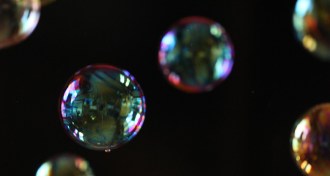 Physics
PhysicsSound waves can make bubbles in levitated drops of liquid
A new technique reveals how to make bubbles from droplets suspended in the air.
-
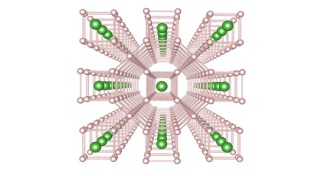 Physics
PhysicsA new hydrogen-rich compound may be a record-breaking superconductor
The record for the highest-temperature superconductor may be toast.
-
 Astronomy
AstronomyReaders’ interest piqued by Parker Solar Probe, general relativity and more
Readers had questions about NASA's Parker Solar Probe, Einstein's general relativity theory and underwater cables used as earthquake sensors.
-
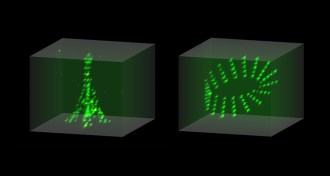 Quantum Physics
Quantum PhysicsRubidium atoms mimic the Eiffel Tower, a Möbius strip and other 3-D shapes
Scientists have arranged atoms of the element rubidium into complex three-dimensional structures.
-
 Materials Science
Materials ScienceA new material harnesses light to deice surfaces
A new sun-powered material could someday melt the ice off airplane wings, wind turbines and rooftops.
-
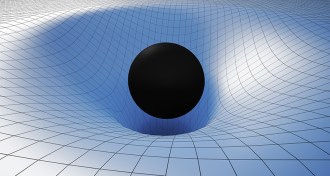 Physics
PhysicsThe strength of gravity has been measured to new precision
Researchers have measured Newton’s gravitational constant, known as Big G, with the greatest precision yet.
-
 Particle Physics
Particle PhysicsElectrons surf protons’ waves in a new kind of particle accelerator
For the first time, scientists accelerated electrons using plasma waves from proton beams.
-
 Particle Physics
Particle PhysicsAn elusive Higgs boson decay has finally been spotted
Two experiments at the Large Hadron Collider confirm that the Higgs boson decays into bottom quark pairs.
-
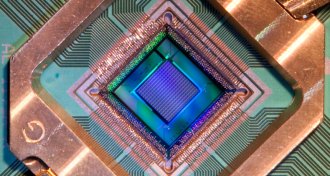 Quantum Physics
Quantum PhysicsQuantum computer simulates two types of bizarre materials
In calculations involving about 2,000 quantum bits, a D-Wave machine reproduced the behavior of exotic substances.
-
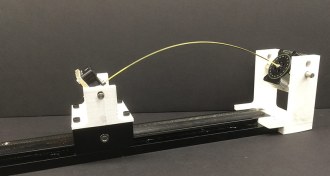 Physics
PhysicsHere’s how to bend spaghetti to your will
Researchers have discovered how to snap spaghetti sticks without sending bits of pasta flying.
-
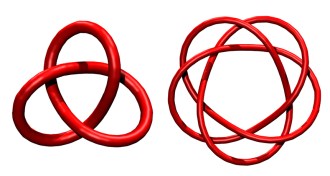 Chemistry
ChemistrySee the ‘periodic table’ of molecular knots
A new table of knots points the way to twisting molecules in increasingly complex pretzels.